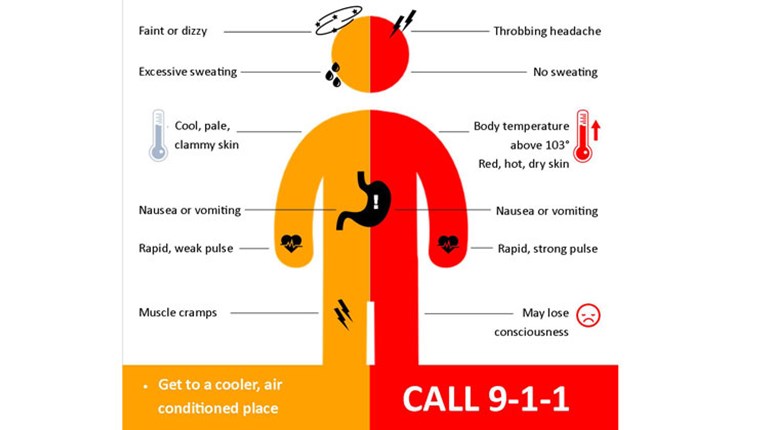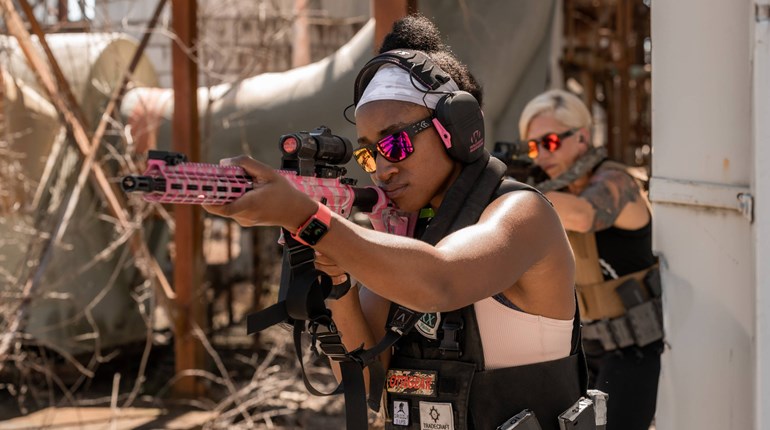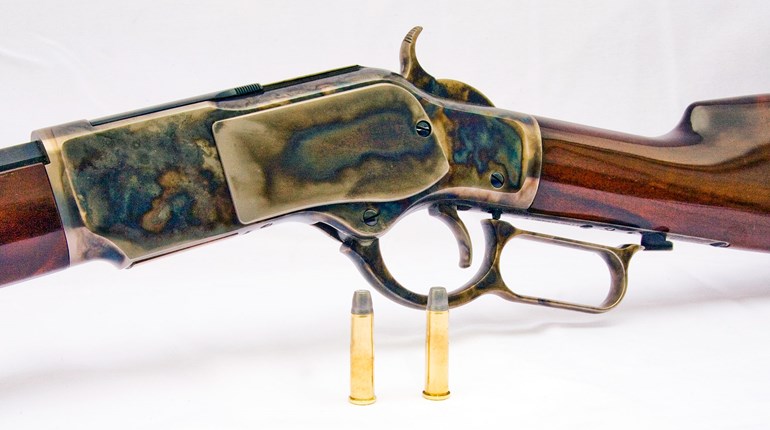
I recently returned from a pronghorn hunt where my hunting partner had never attempted a shot on game further than 125 yards. His heavily wooded southeastern whitetail haunts simply did not offer an opportunity to shoot at longer distances.
There is a bit of a stigma on taking long shots on game. Too, there is always some trepidation when attempting something new. Let’s address the stigma first. There is no doubt that a long shot—say anything beyond 200 yards—increases the margin for error and therefore increases the chance of wounding the animal with a proportionate increase in the chance of not recovering the animal. Certainly I would not advocate casually taking a long shot when the hunter is ill-prepared for it. Whenever possible, good hunters get as close as possible before taking a shot. However, eventually nearly every hunter will find him—or her—self in a situation where the animal is way out there and there isn’t any way to close the distance. The choice as to whether to attempt the shot rests with the hunter. If he—or she—doesn’t have the confidence to attempt the shot, then passing is the right thing to do.
Lack of confidence is the primary reason most hunters don’t attempt these shots. The best cure is, of course, practicing long shots at the range—first from the bench to see what the real results are and then from field positions to determine ay exactly what distance you will say, “Pass.” But there is a mental wall about these things that must be overcome first. If you are able to put all of your shots inside two inches at 100 yards from field positions, there is no reason why you can put them into six inches at 300 or perhaps a bit further. If you have your rifle tuned to the point of putting every shot from a steady rest into an inch at 100 yards, then why can’t you put them into five inches at 500, given a similar rest?
Back to my buddy on the pronghorn hunt; we spent some time two days before the hunt getting his .30-06 sighted to be three inches high at 100 yards. That puts him dead on at 230 to 235 yards and just seven inches low at 300. We found a nice buck in the middle of an open pasture, but he could not get any closer than 300 yards with all the does out there watching us. I had him get into a prone position and using his pack for a rest. It took some patience to wait out the buck as it chased the girls around the pasture, but after about 20 minutes he gave my buddy a broadside presentation at a lasered 305 yards. I told him to put the horizontal crosswire with just a smidgen of back hair above it and the vertical crosswire on the point of the buck’s shoulder. He dropped the buck in his tracks.





































